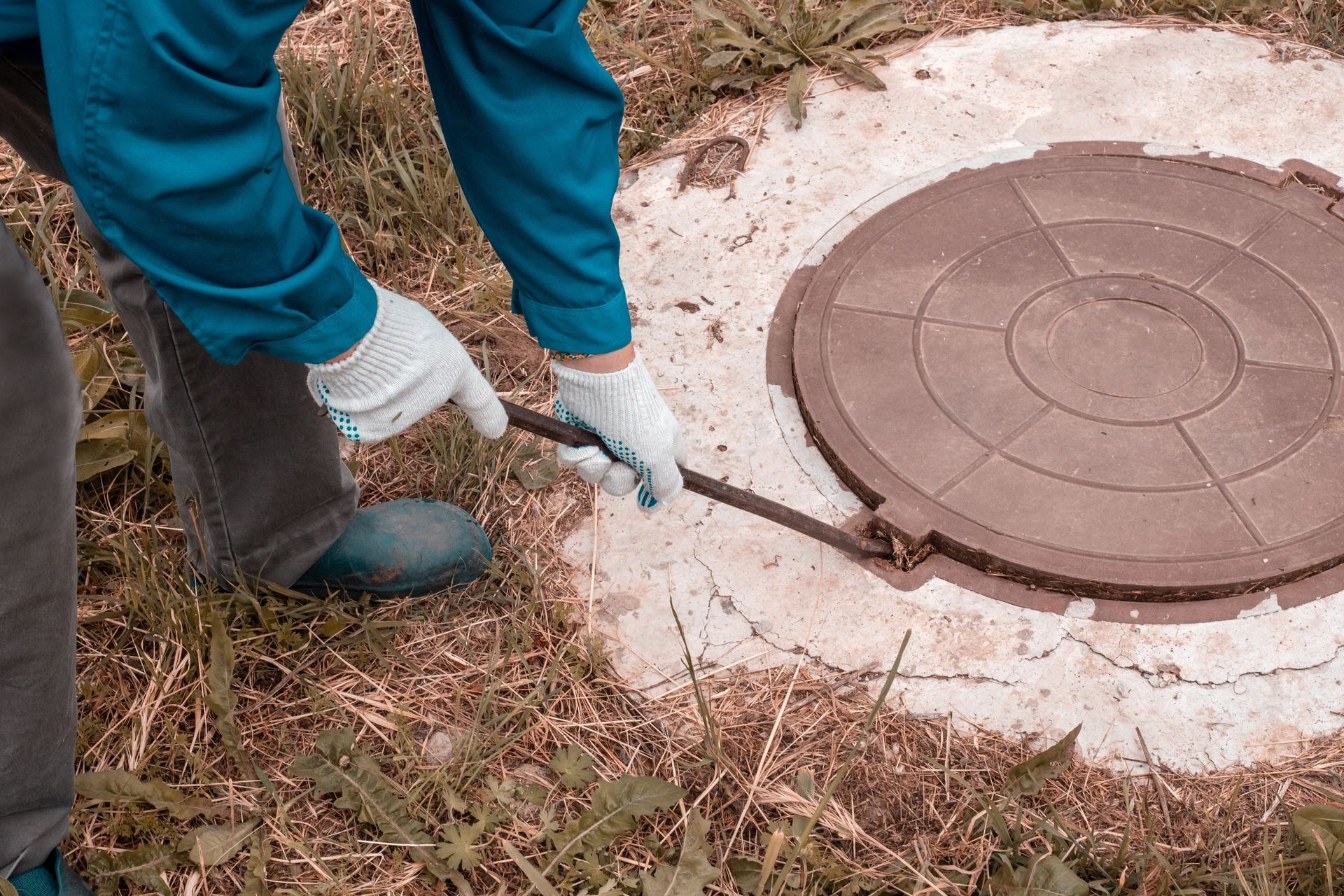We will get back to you as soon as possible
Please try again later
We will get back to you as soon as possible
Please try again later
Septic System Inspections for Buyers in Dover, NH
Have questions or need to schedule an inspection? Call us at
(603) 944-3507 today!
Ensure Your Septic System and Home Are in Top Shape Before You Buy
At Omnispect Home Inspection Services, we understand that a thorough inspection is essential when purchasing a home. We take the extra step of locating the installation plans for the Effluent Disposal Area (EDA), commonly known as the "leach field," by working with the current owner, town hall, Realtor, and buyer. This critical information allows us to verify proper installation, pinpoint the EDA's location, and determine how many bedrooms the system is designed to accommodate.

Have Questions?
We will get back to you as soon as possible.
Please try again later.
Trust Omnispect Home Inspection Services for a Thorough and Reliable Inspection
When it comes to inspecting your septic system and home, Omnispect Home Inspection Services offers the expertise and dedication needed to ensure your investment is sound. Contact us today to schedule an inspection and gain the confidence you need to move forward with your home purchase.
Comprehensive Septic System Inspection: What We Check
When inspecting your home, Omnispect Home Inspection Services conducts a detailed assessment of your septic system and its connections:
- Inside the Home: We begin by checking if the home has a garbage disposal, whether there is a filtration system, and where these systems discharge. We also ensure that all drains are correctly connected to the septic system.
- Tank Inspection: Bob MacDonald, our certified NH Septic Evaluator (License #88532J), will locate and stake out the septic tank, identifying the exit cover when possible. If the exit cover is inaccessible, he will open the center cover to inspect the tank internals. This includes checking the water level, evaluating the condition of both baffles, and assessing the tank's sludge, grease, and overall water quality. If necessary, we will recommend pumping the tank.
- Tank Sizing and EDA Assessment: Bob will determine the tank's capacity in gallons and suggest adding risers if needed. He will then locate the EDA and dig 1-3 holes to assess the water level in the field. If the first hole reveals water, he will dig to the bottom of the EDA to provide the buyer with an estimate of its remaining lifespan, based on factors such as the system's age and whether the house is occupied. Finally, Bob will rate the EDA's condition as good, fair, poor, or failed and offer any necessary recommendations.


